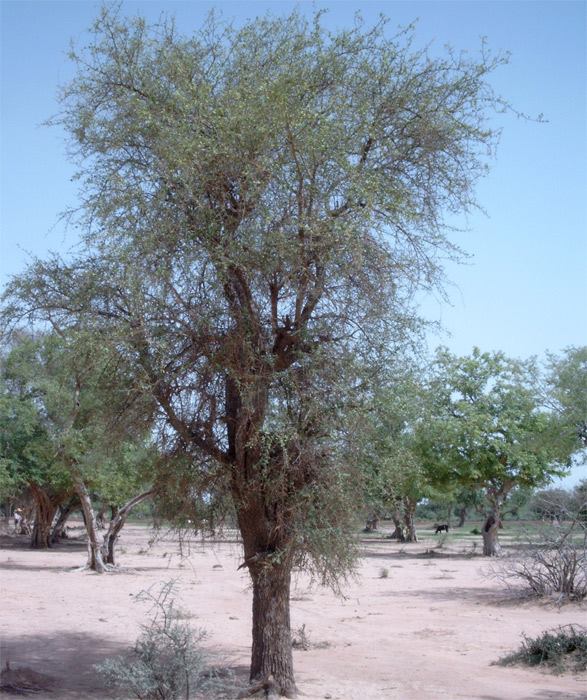Views
22

“Dessert Date or Soapberry Tree is native to parts of Africa and Middle East.
It can grow to 30 feet in height and was cultivated in Egypt for over 4000 years. The fruit is edible and bitter. Various parts of this tree are used as famine foods in Africa – for example, the leaves are eaten raw or cooked, the oily seed is eaten after boiling to make it less bitter and the flowers are also eaten.
It is considered extremely valuable in arid regions as it produces fruits even during the dry climate. After extracting oil from the seed, a cake is obtained that is used as animal fodder. Natural gums from the branches are used as a glue and the seeds have been used to make jewelry.
In India, it can be found in the states of Rajasthan, Gujarat, Madhya Pradesh and parts of the Deccan Plateau.
”
Subscribe to our newsletter and recieve a selection of our cool articles every week.

When Mumbai’s Morning Haze No Longer Feels Like Home
Mumbai Weather Update: AQI Turns Severe as Thick Haze Persists, Free Press Journal (FPJ).
Nov 24, 2025

Delhi Is Gasping Again, And This Time, Even the Clouds Refused to Help
Delhi is choking again. AQI levels have slipped into the ‘severe’ zone, cloud seeding failed, and emergency measures barely make a dent. Because the city doesn’t need one-off fixes, it needs long-term healing. Trees remain the simplest, most effective answer. They absorb carbon, trap dust, cool the air, and act as natural lungs. If Delhi wants cleaner winters, it needs more green cover, not just temporary interventions. Clouds may not cooperate, but trees always will.
Nov 17, 2025
Copyrights @ 2025 All rights reserved by Pangea EcoNetAssets Pvt Ltd.